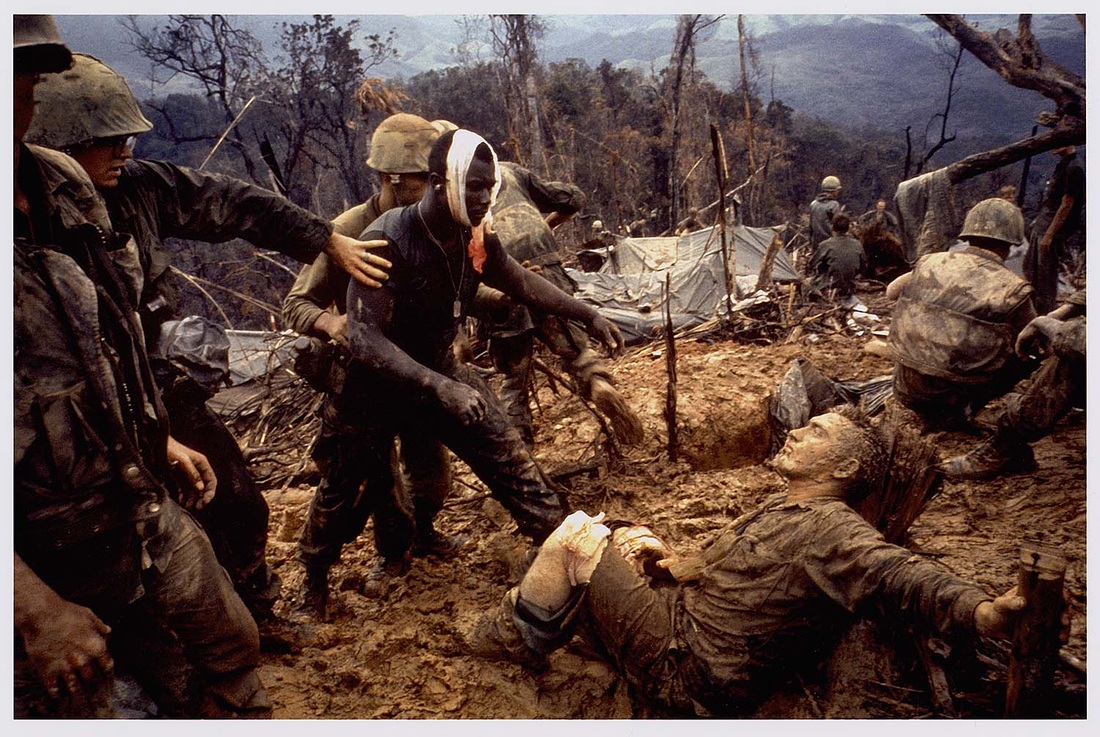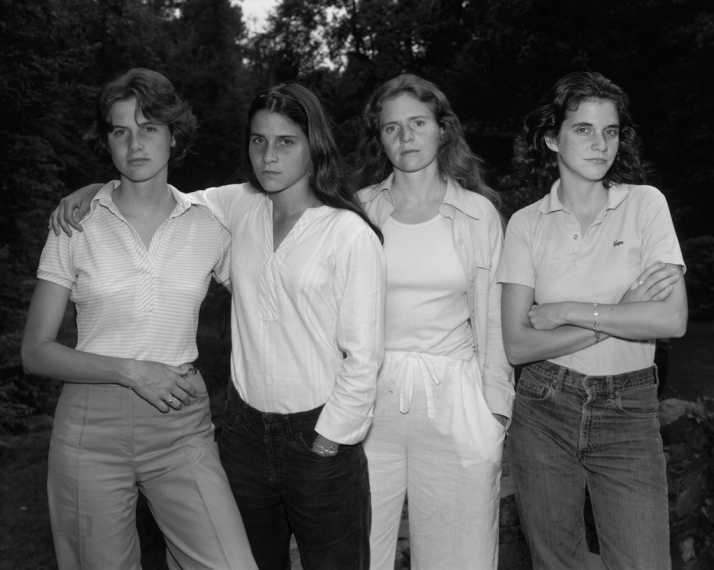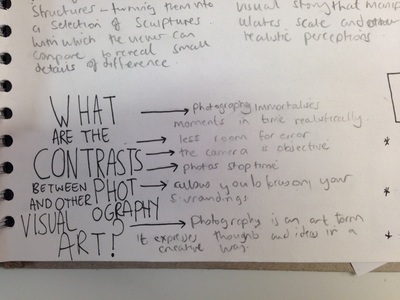Post 16 lesson plan:
Beginning to explore the meaning of photography with A level students
From Jon Nicholls, Thomas Tallis School
Demonstrating a critical and contextual understanding of photography can be tricky, especially if the subject is relatively new to you in Year 12. The following activities have been designed to encourage you to reflect on what you know already about photography. Hopefully, some of the prompts will encourage you to further develop your understanding of photography through additional pondering and research.
In small groups, discuss the following questions. One person in the group should be responsible for making notes capturing the main ideas of the discussion:
In small groups, discuss the following questions. One person in the group should be responsible for making notes capturing the main ideas of the discussion:
- Why do people take/make photographs?
- Why is photography important?
- What skills do you need to be a good photographer?
- How many different kinds of photography can you think of?
- How does photography help us see the world?
- Can photographic images be trusted?
- What are the similarities and differences between photography and other types of visual art?
- When would it not be OK to take a photograph?
- How do you know when you've made a good photograph?
- Are photographers also artists?
- Where is the best place to see photographs?
- What kind of photography interests you most?
- What confuses or frustrates you about photography?
|
Watch this short film in which the photographer Henry Wessel discusses his practice. Make some brief notes. What does he help us to understand about photography?
|
Now, watch this film in which Silvia Rosi discusses her attitude to photography. In what way is her relationship to photography similar or different to Henry Wessel's?
|
The photographer Stephen Shore has written a fantastic book entitled 'The Nature of Photography'. This quotation is taken from the beginning and end of the book. Have a think about what Shore writes about photographs and how he approaches the making of a photograph with both his eyes and his brain:
A photograph can be viewed on several levels. To begin with, it is a physical object, a print. On this print is an image, an illusion of a window on to the world. It is on this level that we usually read a picture and discover its content: a souvenir of an exotic land, the face of a lover, a wet rock, a landscape at night. Embedded in this level is another that contains signals to your mind's apparatus. It gives 'spin' to what the image depicts and how it is organised [ ... ] When I make a photograph, my perceptions feed into my mental model. My model adjusts to accommodate my perceptions (leading me to change my photographic decisions). This modelling adjustment alters, in turn, my perceptions. And so on. It is a dynamic, self-modifying process. It is what an engineer would call a feedback loop."
-- Stephen Shore from 'The Nature of Photographs'
Your notes
Creatively document the notes you have made from the activities above. Think carefully about your relationship to photography. What does it mean to you? What interests or intrigues you about it? What questions do you still have about photography? What confuses or irritates you? How do you feel about the idea of being a photographer or artist who uses photography? What do others say or write about photography that strikes a chord with you?
Note: Try to make these annotations as visually interesting as possible.
Note: Try to make these annotations as visually interesting as possible.
An imaginary exhibition
Look carefully at the images displayed below (presentation version). I have imagined that I am a photography curator. I have chosen a set of images that could be displayed in an imaginary exhibition. The title of the exhibition is 'What is photography?'
Imagine you are the curator of a photography exhibition with the title 'What is photography?' You can choose a number of images to represent your understanding of photography. These images can be any type of photography from any time in the history of the medium. They could include commercial and art photography, amateur and professional. Create an imaginary exhibition of images in your book or on your website.
Note: Try to be really creative about how you do this. For example, you could exhibit the images in your bedroom, invite visitors, provide them a guide to the exhibition, produce relevant publicity materials, print a catalogue with accompanying text, create a video interview with the curator ...etc.
Imagine you are the curator of a photography exhibition with the title 'What is photography?' You can choose a number of images to represent your understanding of photography. These images can be any type of photography from any time in the history of the medium. They could include commercial and art photography, amateur and professional. Create an imaginary exhibition of images in your book or on your website.
Note: Try to be really creative about how you do this. For example, you could exhibit the images in your bedroom, invite visitors, provide them a guide to the exhibition, produce relevant publicity materials, print a catalogue with accompanying text, create a video interview with the curator ...etc.
Example student responses
Here are two examples of student responses to this assignment. The first resulted in an exhibition installed in a tree and details the selection criteria for each image. The second takes the form of a display on a world map in the student's bedroom. Both represent an imaginative response to a challenging task. How will you deal with this challenge?





















